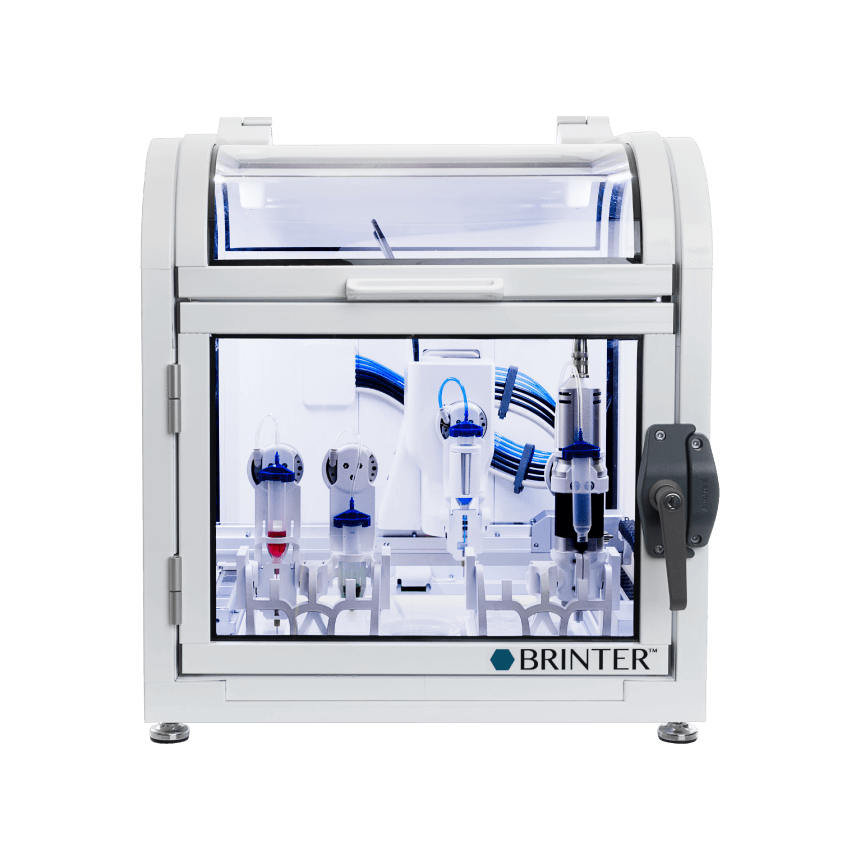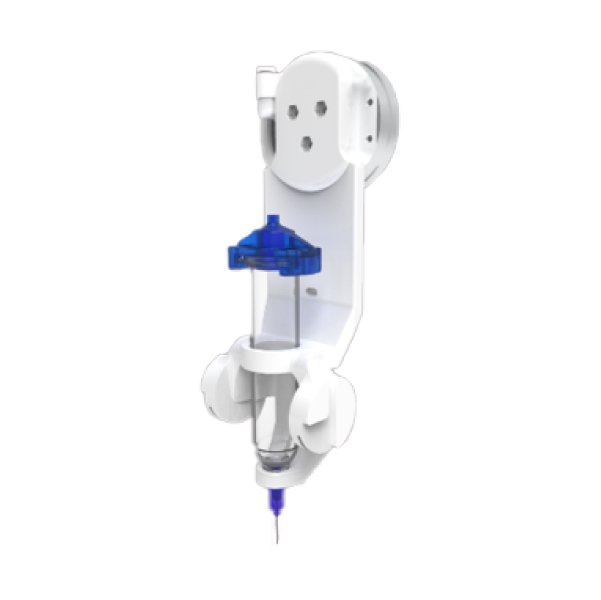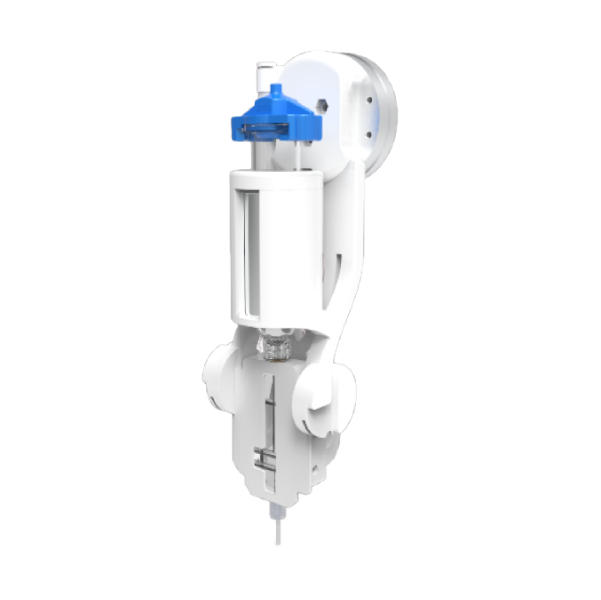Finnish company Brinter, started in 2019, has just received $1.2 million from Innovestor in order to expand internationally. The company makes modular bioprinters. For example, you can buy a Brinter for $24,000 and then expand it with the specific nozzle you need. A cooled triaxial nozzle, a micro droplet nozzle, a visco tool, a heated visco tool—it’s all possible.

The idea is that you can buy one system and adapt it to your needs. A lab 3D printer can also be turned into a higher productivity machine. Or you can easily switch out tool heads as the task demands. With a variety of nozzles, many different materials can be deposited and a head changer can even see you deposit two very different materials with different characteristics in the same build. You can even add photocuring LEDs for a bit of SLA, while also heating or cooling your bed.

In addition to the heads and the printer (which has a build volume of 300 x 300 x 100 mm), the company sells bioinks, such as gelatin, alginate, PEG and more. Brinter is targeting researchers, R&D labs, and universities with its products, mainly in regenerative medicine and drug discovery through tissue models and tissue. The company is also working on some interesting projects in cartilage and cancer research.

“We are excited to have the backing of Innovestor who can help us accelerate the development of our operational capabilities and scale in new geographies. Bioprinting has the capability to rapidly unlock the opportunities behind long-running but unrealized science and research, and plays a key role in pushing the frontier of medical science. This will result in an improved quality of life for patients through the expansion of more personalized treatment and the ongoing development of bioprinted “spare parts” that can save lives,” Brinter CEO Tomi Kalpio said.
“Brinter is an exciting addition to our portfolio as it not only fits in our focus areas of industrial and health technologies, but the company’s competitive advantages of multi-material printing capabilities, modularity, and scalability combined with their own easy-to-use software application were very convincing,” Wilhelm Lindholm, CEO of Innovestor stated.
Brinter’s offering is compelling and customers love modularity, especially if it adds to the extensibility of their existing devices. Allevi has a similar offering. A relatively affordable and extensible printer would be a good product for many universities and research institutes. But the bioprinting market has evolved markedly over the past two years. Whereas initially it was a plethora of small firms, now we have quite a few 500 pound gorillas playing in the market. 3D Systems has just sold its manufacturing division and clearly has designs on becoming a bioprinting company, at least in part. Through its acquisition of Allevi, 3D Systems is now mano-a-mano with the comparatively tiny Brinter in selling modular 3D printers.
3DPOD Episode 49: Bioprinting with CELLINK Founder Dr. Hector Martinez
Then there’s Cellink, a rocket ship that is developing single-cell technologies, launching a line of printers and technologies, acquiring companies, and aiming for a $10 billion valuation. Johnson & Johnson and Roche have shown an interest in bioprinting, as well. Therefore, Brinter may be an interesting morsel for any one of those firms willing to grow their footprints and markets.
At the same time, competitors with more capital and reach may make it more difficult for Brinter to acquire customers and grow. Whereas, initially, many different 3D printing firms bloomed, now we’re seeing market entry by bigger companies and consolidation. In bioprinting, the reality is also that, for approvals and certifications, many millions are needed, as well. It’s not set in stone that the market will become like orthopedics, where a lot of the innovation is done by small firms that take on risk and are then snapped up by bigger players that have the wherewithal to commercialize their innovations properly. Not set in stone, but it definitely seems like the market is headed this way. This makes Brinter a minnow among whales and the firm will have to nimble and grow very quickly to develop a large market and sure-footed future for itself.
Bioprinting is a young and very fragmented market. There are many different technologies and much is unknown. Researchers are the main customers and growth seems to be accelerating as research intensifies. We know that, even though there has been some hype around bioprinting, the industry has not yet had the full-media, 21-gun salute. So, there is a lot of potential there to grow once the world comes to grips with a technology that could radically extend life or be used to develop medications much more rapidly, while also becoming the bedrock of a personalized medicine movement. Brinter clearly has a compelling offering and is in a very exciting market. But, will the firm be wily enough and have enough gumption to survive amid the sharks and whales?
Subscribe to Our Email Newsletter
Stay up-to-date on all the latest news from the 3D printing industry and receive information and offers from third party vendors.
You May Also Like
US Army Corps of Engineers Taps Lincoln Electric & Eaton for Largest 3D Printed US Civil Works Part
The Soo Locks sit on the US-Canadian border, enabling maritime travel between Lake Superior and Lake Huron, from which ships can reach the rest of the Great Lakes. Crafts carrying...
Construction 3D Printing CEO Reflects on Being Female in Construction
Natalie Wadley, CEO of ChangeMaker3D, could hear the words of her daughter sitting next to her resounding in her head. “Mum, MUM, you’ve won!” Wadley had just won the prestigious...
Blue Laser-powered M600 3D Printer Launched by Meltio
Founded in 2019 as a joint venture between Additec and Sicnova, metal 3D printer OEM Meltio develops and manufactures high-performance and easy-to-use metal 3D printing solutions that use its patented wire-laser metal...
3D Printed Storage Tanks Cut Material Costs by 25%
In a previous article, “Concrete Dreams: Let’s Print Money, Not Houses,” we discussed how the spotlight on 3D printing homes might be misplaced. Bollards, pedestrian bridges, and concrete tanks could...





























